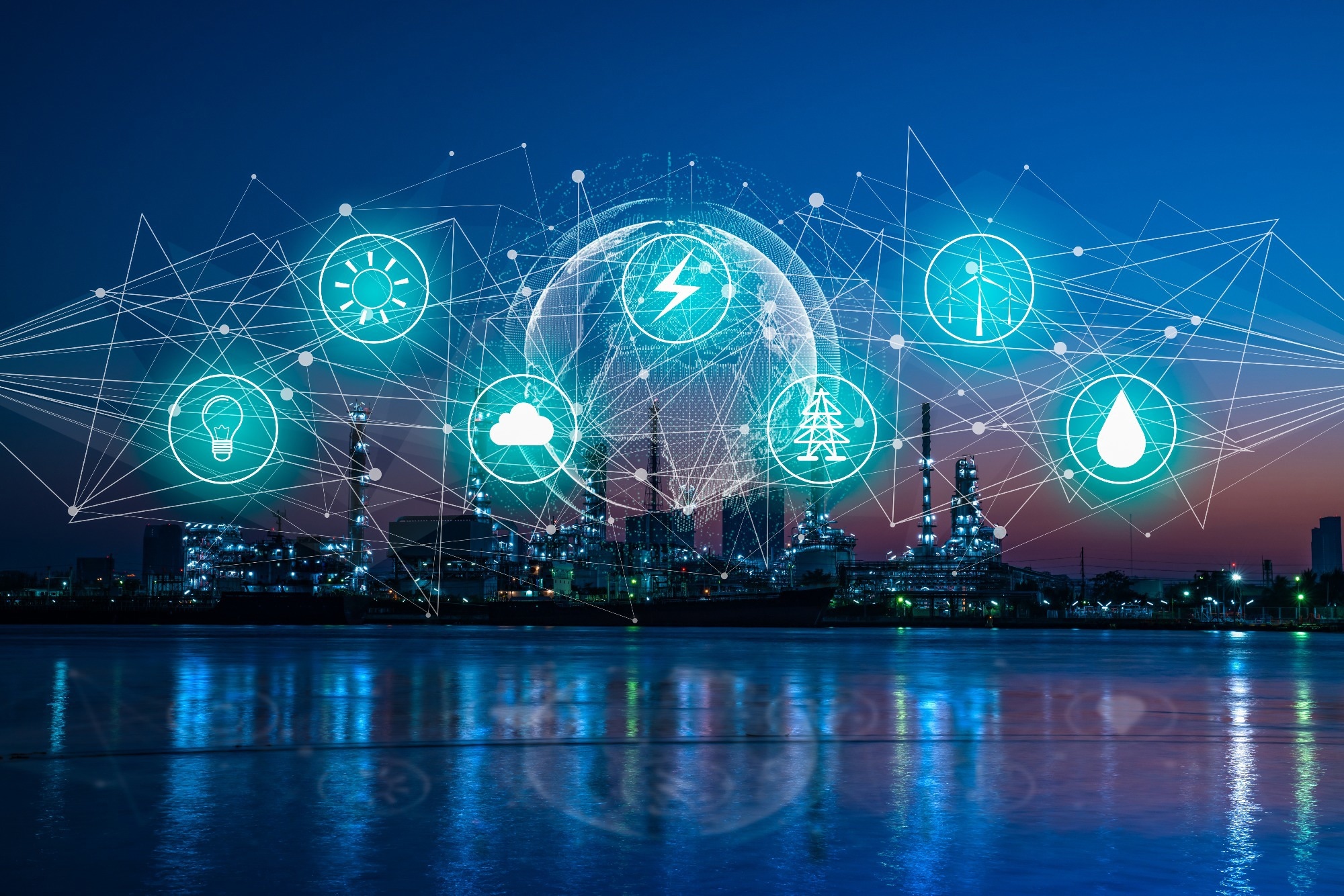In the face of climate change and the depletion of traditional energy resources, the global focus on sustainable solutions has never been more critical. Green Artificial Intelligence (AI) is emerging as a promising technology that combines the power of AI with sustainable practices to tackle energy forecasting and management challenges. In an article published in the journal Energies, researchers explore the world of Green AI and its applications in load forecasting, power consumption prediction, and electricity price forecasting.
 Study: Green AI: Transforming Energy Forecasting for a Sustainable Future. Image credit: Fit Ztudio /Shutterstock
Study: Green AI: Transforming Energy Forecasting for a Sustainable Future. Image credit: Fit Ztudio /Shutterstock
Green energy load forecasting
Green energy load forecasting is pivotal in efficiently utilizing renewable energy sources. By accurately predicting future consumption patterns, utilities can optimize their energy distribution and minimize risks. Various techniques, such as price elasticity, weather, and demand response, are used in load forecasting. These techniques leverage powerful machine learning (ML) algorithms like Long Short-Term Memory (LSTM), Artificial Neural Networks (ANN), and Support Vector Regression (SVR), among others.
Integrating renewable energy sources, such as solar and wind, into the power grid has introduced a level of variability and uncertainty in energy generation. Green AI-driven load forecasting models are designed to handle these fluctuations and ensure a stable and reliable energy supply. By analyzing historical load patterns, weather data, and other relevant factors, these models can predict electricity demand accurately for different time horizons, including short-term, medium-term, and long-term forecasts.
Numerous research projects have focused on load forecasting at different scales, ranging from single buildings to entire regions. To achieve precise load predictions, factors like historic load patterns, weather parameters (temperature, humidity, wind speed), and electricity parameters (consumption, generation, price, currency) are considered. The development of hybrid models that combine multiple ML algorithms has shown significant improvements in forecasting accuracy compared to individual models. These hybrid models leverage the strengths of different algorithms, resulting in more robust and reliable predictions.
Usage prediction
Balancing energy supply and demand is crucial for achieving equilibrium in power consumption. Green AI techniques are applied to predict power consumption over various time horizons, such as short-term, mid-term, and long-term forecasts. Machine learning algorithms like Support Vector Regression (SVR), Artificial Neural Networks (ANN), and Random Forest (RF) are commonly employed for power consumption prediction. Additionally, deep learning algorithms like Multi-Layer Perceptron (MLP) are showing promise in this domain.
Accurate power consumption prediction is essential for utilities and energy providers to optimize their operations, plan for contingencies, and ensure a stable power grid. By leveraging historical consumption data, weather forecasts, and other relevant variables, AI models can forecast power consumption patterns and anticipate peak demand periods. This allows utilities to deploy resources efficiently and avoid energy shortages or wastage. However, the challenges lie in optimizing algorithm performance while maintaining sustainability. Efficient algorithms that strike a balance between accuracy and eco-friendliness are required to ensure long-term benefits. It is essential to develop AI models that not only provide accurate predictions but also consider the environmental impact and promote the use of renewable energy sources. Moreover, real-time energy supply and demand decision-making models are needed to optimize efficiency and respond effectively to emergencies, such as natural disasters.
Electricity price forecasting
Green AI also plays a crucial role in forecasting electricity prices, enabling market participants to make informed decisions. These forecasting models incorporate various parameters, including weather conditions, electricity consumption, electricity generation, and prices of natural gas, coke, biofuels, and geothermal generations. Machine learning algorithms such as Artificial Neural Networks (ANN), AutoRegressive with exogenous inputs (ARX), and Least Squares Support Vector Machines (LSSVM) are commonly used for price forecasting.
Accurate electricity price forecasting is vital for energy traders, investors, and policymakers to make informed decisions in the energy market. By analyzing historical price trends, consumption patterns, and external factors affecting energy prices, AI models can predict electricity prices for different time horizons. These forecasts help market participants develop effective strategies, manage risks, and support the growth of renewable energy investments.
To summarize, Green AI offers a promising pathway towards addressing energy forecasting and management challenges while fostering sustainability. By harnessing the power of AI, machine learning, and deep learning algorithms, Green AI empowers us to transition towards a greener and more sustainable future. As more investments are in research and development in this field, a cleaner and more sustainable energy landscape would be possible for future generations.
Journal reference:
- Mehta, Y., Xu, R., Lim, B., Wu, J., & Gao, J. (2023). A Review for Green Energy Machine Learning and AI Services. Energies, 16(15), 5718. https://doi.org/10.3390/en16155718, https://www.mdpi.com/1996-1073/16/15/5718